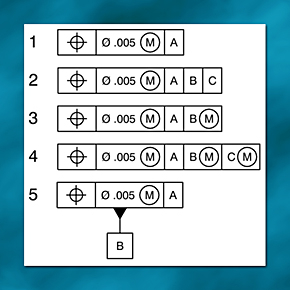
Take the Next Step Learn more about our GD&T services

Ultimately, if ASME Y14.5 GD&T standard is applied correctly, it will allow a company to improve communication, save on manufacturing costs and make the quality control process easier by simplifying inspection. For example, ASME Y14.5 can assist in communicating specified dimensions or “datums” on a part project. ASME Y14.5 defines different terminology and uses symbols to lead a concise and accurate form of communication. Implementing a universal standard to communicate dimensional requirements unifies different organizations and industries, assisting in understanding and comprehending engineering intent of a project. Structural changes (formatting for better visual interpretation and readability)Īdvantages of utilizing the ASME Y14.5 standard.Surface boundaries & axis method of interpretation.The following is a brief overview of changes in the updates of the standard: Although the fundamental concepts of dimensioning have not altered, the updated standard is easier to understand. The “M” in ASME Y14.5M-1994 was dropped as its purpose was to account for the “metric compatibility” of the standard which is no longer relevant.

The most recent updated version of the standard is known as ASME Y14.5-2009. The revision of ASME Y14.5M-1994 has been conducted to reflect new technologically advanced methods of manufacturing and present day applications. Distinct symbols, terminology and application of each are highlighted and detailed throughout the standard.The ASME Y14.5 is similar in detailing dimensional requirements as the ISO 1101(e) -2004 series, which is more prevalent in Europe.

Application of this standard within GD&T allows for precise communication during the manufacturing process in order to improve quality and ensure consistency.


 0 kommentar(er)
0 kommentar(er)
